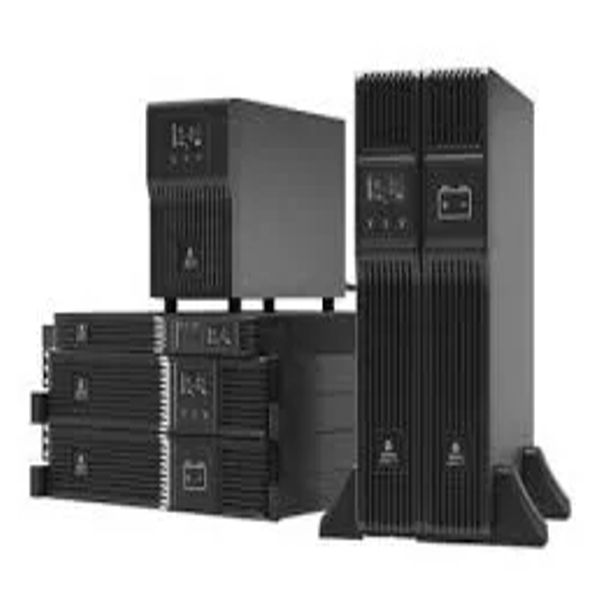The Vertiv Liebert PS15 UPS is a model of Uninterruptible Power Supply (UPS) designed to provide reliable power protection for various types of critical equipment, such as servers, networking devices, and other essential electronics. Here's a general overview of its key features: Key Features: Power Capacity: The Liebert PS15 typically offers a 15kVA (kilovolt-ampere) power capacity, making it suitable for medium to large-sized IT and data center applications. Form Factor: It's available in both tower and rack-mounted configurations, providing flexibility in installation based on the user's space requirements. True Online Double-Conversion Technology: The UPS employs a double-conversion topology, which provides continuous, clean power to connected devices by isolating them from input power fluctuations, ensuring consistent voltage output. High Efficiency: The Liebert PS15 often features advanced efficiency modes to reduce energy consumption, particularly in non-critical load conditions. Scalability: Some models in this series can be expanded with external battery cabinets, providing longer backup runtimes when needed. Monitoring & Management: Equipped with advanced monitoring options, the UPS can be connected to networked management systems, offering remote monitoring, control, and alerting for efficient power management. Battery Technology: The unit uses valve-regulated lead-acid (VRLA) or lithium-ion batteries, depending on the configuration. VRLA batteries are the most common, though lithium-ion options may offer longer lifespan and better energy density. Input and Output Voltage: The UPS typically supports a wide input voltage range and provides stable 208V/400V output, depending on the model configuration. Safety Features: Includes built-in surge protection, overload protection, and short-circuit protection for both the unit and connected equipment. Applications: IT Infrastructure: Ideal for protecting servers, storage devices, and networking equipment in small and medium-sized data centers. Telecommunication: Provides power protection for critical telecommunications equipment. Healthcare: Ensures that sensitive medical equipment continues to operate without interruption. Manufacturing and Industrial: Often used in industries where downtime due to power failure is not an option. Maintenance and Support: Vertiv offers various support options for its UPS systems, including extended warranties, remote diagnostics, and on-site service.
Send Message







